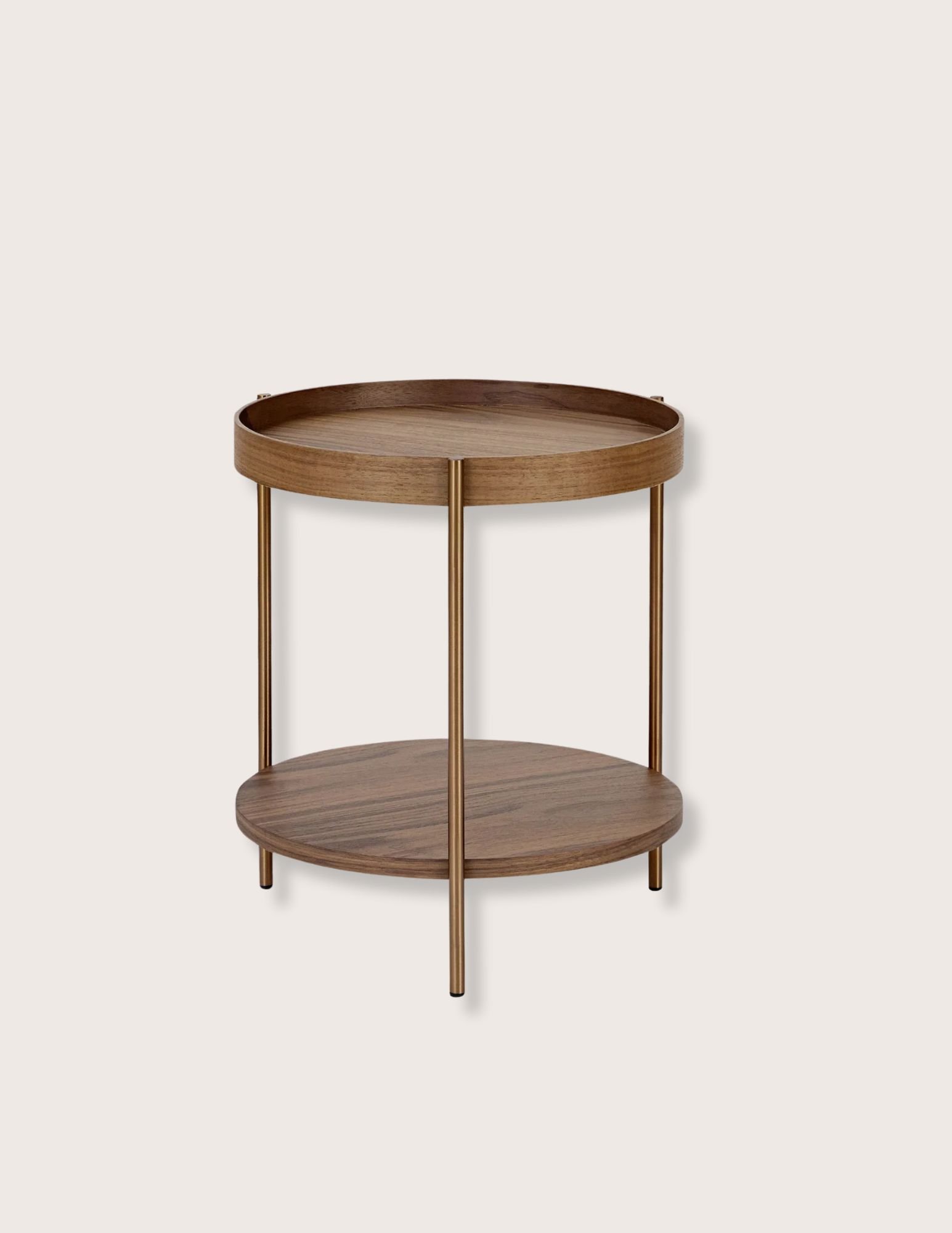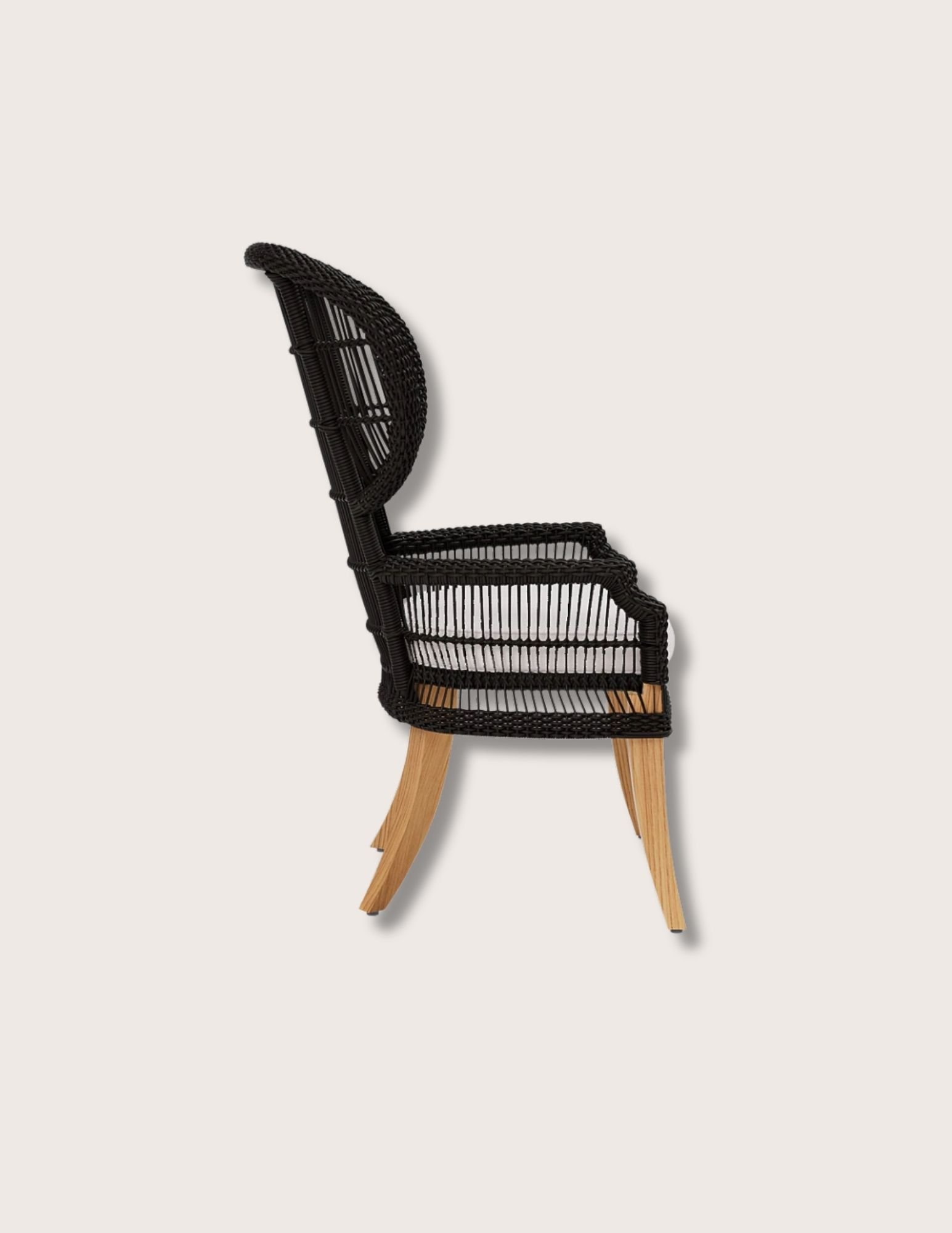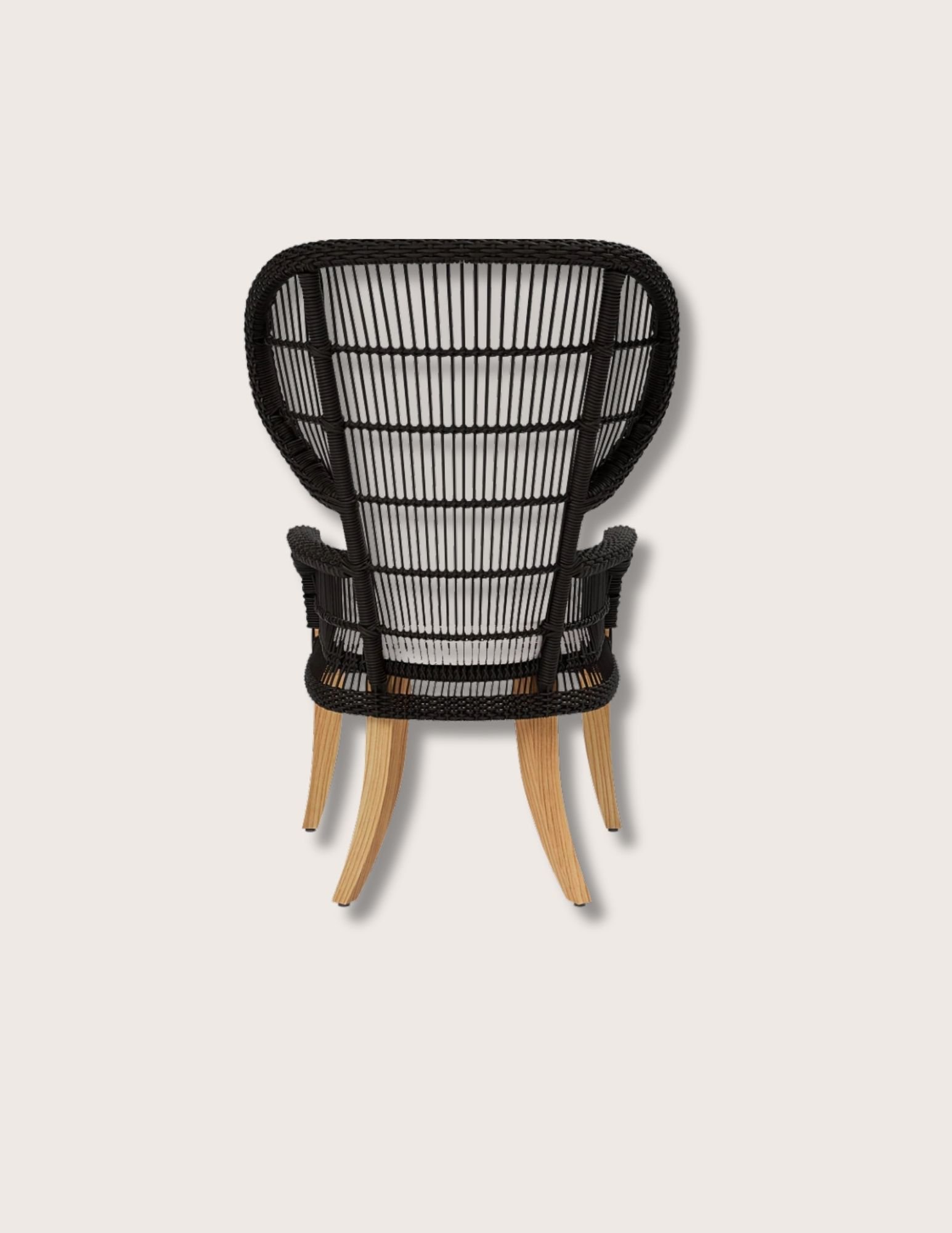 Image 1 of 7
Image 1 of 7

 Image 2 of 7
Image 2 of 7

 Image 3 of 7
Image 3 of 7

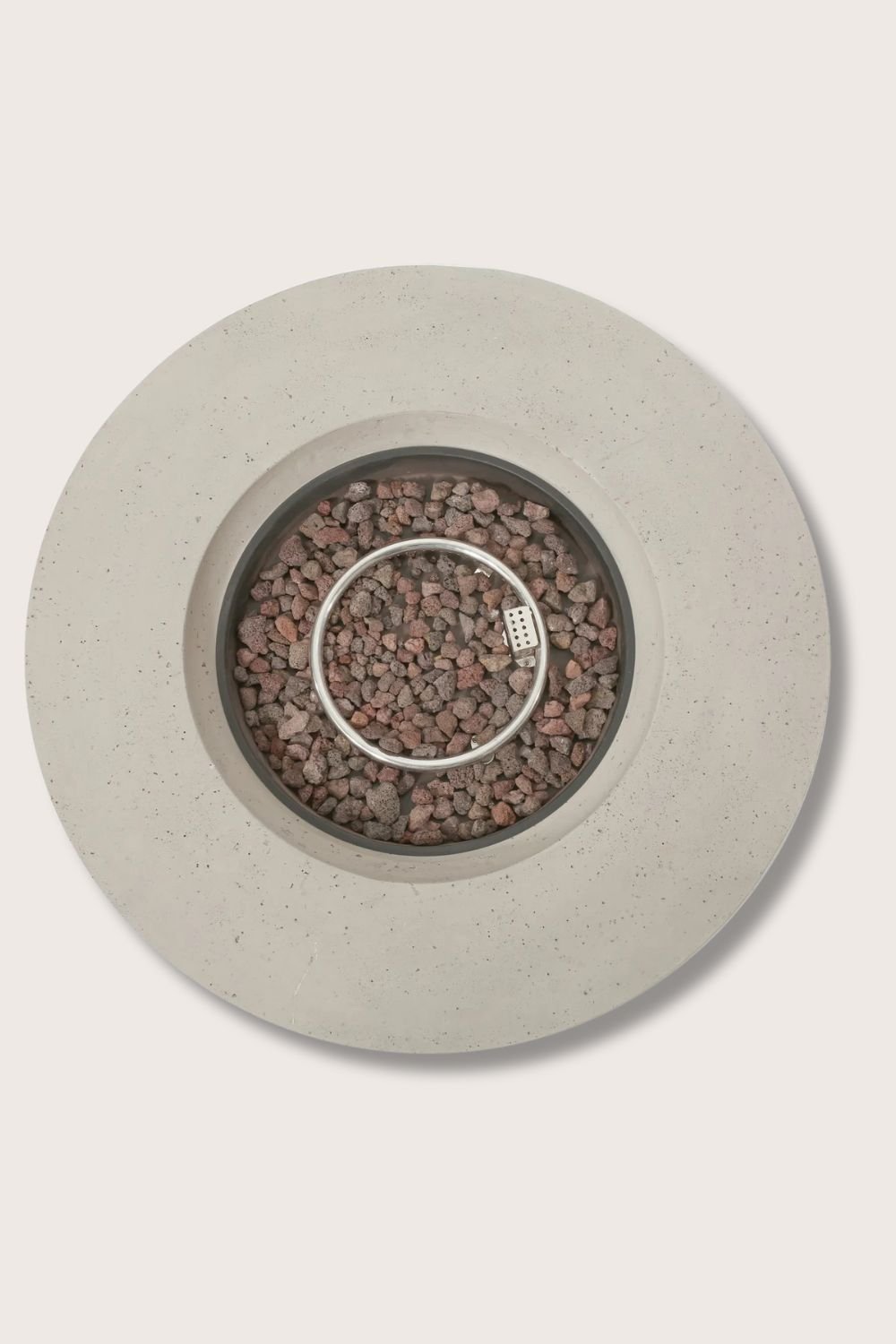 Image 4 of 7
Image 4 of 7

 Image 5 of 7
Image 5 of 7

 Image 6 of 7
Image 6 of 7

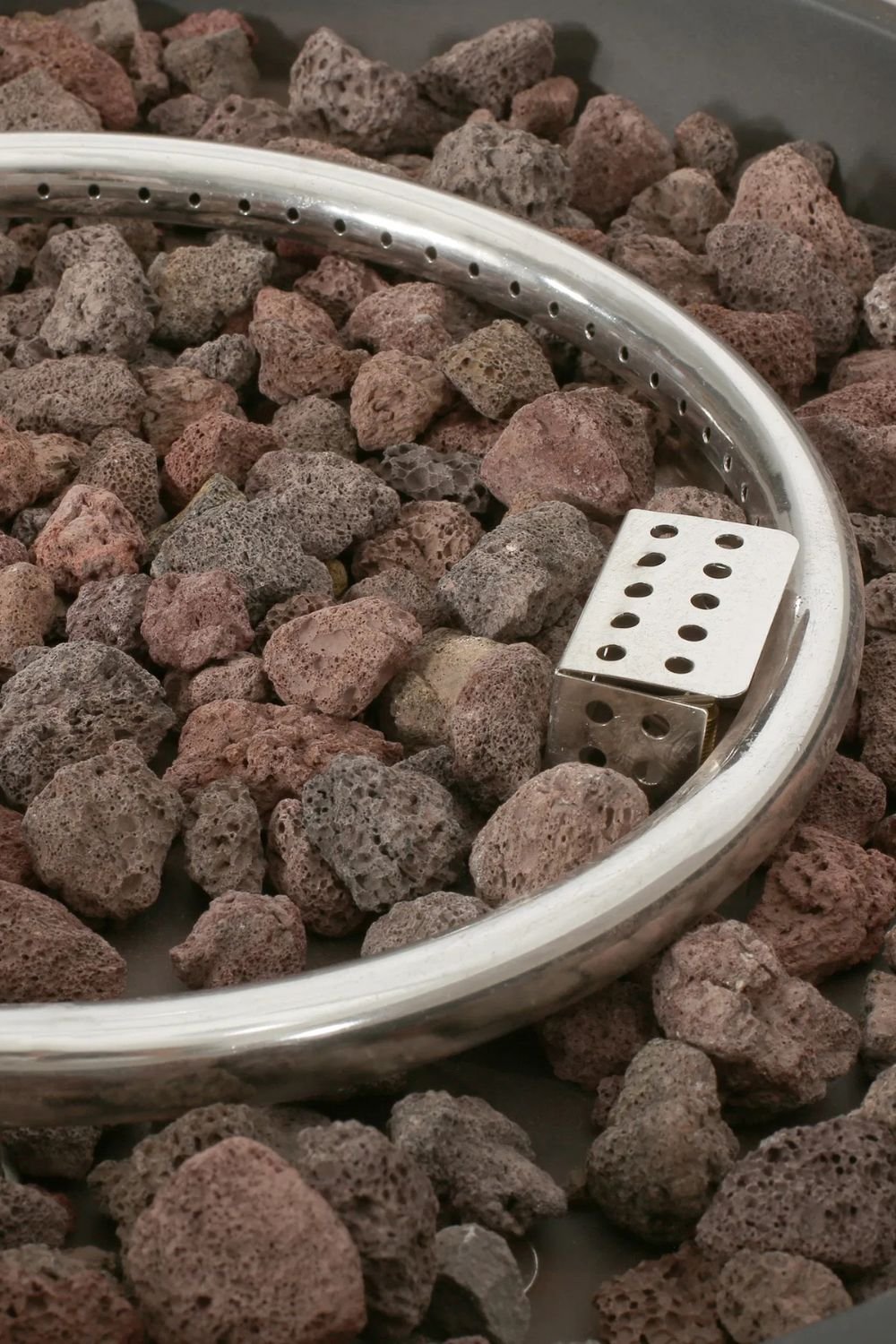 Image 7 of 7
Image 7 of 7








Sag Harbor Fire Pit
Details
Enjoy late nights with our Sag Harbor Fire Pit. With a smooth concrete surface finished with clean, precise lines, our fire pit is the perfect way to make a night out under the stars even more special. This circular fire pit is constructed with lightweight concrete for a chic, minimalistic look and a highly durable structure. Offering 50,000 BTUs of heat, the circular form offers easy seating arrangements for you and your guests, providing light and warmth all around. This propane-only unit is ready to go on arrival with no assembly required — simply place the lava rocks in the pit without covering the burner, plug in your standard size propane tank and enjoy. Whether it's enjoying the light on a hot summer night, or staying close to the warmth when things get a little chilly, the Sag Harbor Fire Pit will transform your outdoor space, giving everyone a reason to get a little closer.
Editors' Note
The Sag Harbor Collection celebrates the history of the iconic Hamptons area that, in the mid-20th century, became an oasis for America's Black middle class. Like much of New York state, the Black history of the area stretches back to the very beginnings of the United States, where the unincorporated hamlet of Freetown in East Hampton was an enclave for free African Americans as early as 1790. By 1840, following the gradual abolition of slavery in New York state, African Americans migrated to the area in larger numbers, specifically to the town of Eastville, which was then becoming a profitable and well-known whaling port. Eastville was a diverse settlement with African Americans living alongside Native Americans of the Montauk and Shinnecock nations, as well as white families in the area. By 1847, middle class African Americans began coming to Eastville to rent homes for the summer or take up year-round residency. That tradition resumed following the end of the Second World War. Well-off African Americans, long denied access to beaches in other parts of the country, began purchasing plots in the area to sell as summer homes. In 1947, Maude Terry, a Brooklyn school teacher, and her sister, architect Amaza Lee Meredith, partnered with local landowners, Elsie and Daniel Gale, with the dream of creating a vacation community for African Americans. The result was Azurest, a 70 home settlement — which grew to 100 — including several houses designed by Meredith herself. Despite racism in the form of race covenants, restrictive lending, resistance from local white neighbors and threats from the KKK, Azurest was followed by the Sag Harbor Hills and Ninevah Beach developments, creating what is known today as the SANS (Sag Harbor Hills, Azurest, and Ninevah Beach Subdivisions) District. From the 40s on the SANS District provided a place of peace, safety and joy for Black families, whether they were permanent residents or part of the summer scene. Doors were commonly left unlocked and families interacted freely, building community and networking relationships that both reflected and contributed to the change that was happening at the time. Well-off Black creatives, professionals, entrepreneurs and industrialists came every summer from Harlem, as well as New Jersey, Chicago and Washington, D.C. to connect. One early resident, lawyer, Edward Dudley, was a noted civil-rights activist and the first Black U.S. ambassador. As of 2023, his son, then 80 and retired, still lived in the home his parents purchased for their vacations. Through the 50s and 60s, Sag Harbor became a gathering point for Black A-Listers in the entertainment world as well. Musicians like Lena Horne, Harry Belafonte, and Duke Ellington interacted with creatives like poet, Langston Hughes, and artists Al Loving, Howardena Pindell, Reynold Ruffins, and Frank Wimberley, among many others. Today, the various neighborhoods of the SANS District are targets for gentrification and erasure. Amid continuing battles over historic preservation, there are fewer and fewer Black residents, but many who remain are part of a generations-old legacy of Black joy, community, and rest.
Details
Enjoy late nights with our Sag Harbor Fire Pit. With a smooth concrete surface finished with clean, precise lines, our fire pit is the perfect way to make a night out under the stars even more special. This circular fire pit is constructed with lightweight concrete for a chic, minimalistic look and a highly durable structure. Offering 50,000 BTUs of heat, the circular form offers easy seating arrangements for you and your guests, providing light and warmth all around. This propane-only unit is ready to go on arrival with no assembly required — simply place the lava rocks in the pit without covering the burner, plug in your standard size propane tank and enjoy. Whether it's enjoying the light on a hot summer night, or staying close to the warmth when things get a little chilly, the Sag Harbor Fire Pit will transform your outdoor space, giving everyone a reason to get a little closer.
Editors' Note
The Sag Harbor Collection celebrates the history of the iconic Hamptons area that, in the mid-20th century, became an oasis for America's Black middle class. Like much of New York state, the Black history of the area stretches back to the very beginnings of the United States, where the unincorporated hamlet of Freetown in East Hampton was an enclave for free African Americans as early as 1790. By 1840, following the gradual abolition of slavery in New York state, African Americans migrated to the area in larger numbers, specifically to the town of Eastville, which was then becoming a profitable and well-known whaling port. Eastville was a diverse settlement with African Americans living alongside Native Americans of the Montauk and Shinnecock nations, as well as white families in the area. By 1847, middle class African Americans began coming to Eastville to rent homes for the summer or take up year-round residency. That tradition resumed following the end of the Second World War. Well-off African Americans, long denied access to beaches in other parts of the country, began purchasing plots in the area to sell as summer homes. In 1947, Maude Terry, a Brooklyn school teacher, and her sister, architect Amaza Lee Meredith, partnered with local landowners, Elsie and Daniel Gale, with the dream of creating a vacation community for African Americans. The result was Azurest, a 70 home settlement — which grew to 100 — including several houses designed by Meredith herself. Despite racism in the form of race covenants, restrictive lending, resistance from local white neighbors and threats from the KKK, Azurest was followed by the Sag Harbor Hills and Ninevah Beach developments, creating what is known today as the SANS (Sag Harbor Hills, Azurest, and Ninevah Beach Subdivisions) District. From the 40s on the SANS District provided a place of peace, safety and joy for Black families, whether they were permanent residents or part of the summer scene. Doors were commonly left unlocked and families interacted freely, building community and networking relationships that both reflected and contributed to the change that was happening at the time. Well-off Black creatives, professionals, entrepreneurs and industrialists came every summer from Harlem, as well as New Jersey, Chicago and Washington, D.C. to connect. One early resident, lawyer, Edward Dudley, was a noted civil-rights activist and the first Black U.S. ambassador. As of 2023, his son, then 80 and retired, still lived in the home his parents purchased for their vacations. Through the 50s and 60s, Sag Harbor became a gathering point for Black A-Listers in the entertainment world as well. Musicians like Lena Horne, Harry Belafonte, and Duke Ellington interacted with creatives like poet, Langston Hughes, and artists Al Loving, Howardena Pindell, Reynold Ruffins, and Frank Wimberley, among many others. Today, the various neighborhoods of the SANS District are targets for gentrification and erasure. Amid continuing battles over historic preservation, there are fewer and fewer Black residents, but many who remain are part of a generations-old legacy of Black joy, community, and rest.

Additional Details
Outdoor fire pit
Color: Stone
Material: Concrete, Lava rocks
Weight: 82.06 lbs
50,000 BTU
Dimensions: 39.25" x 39.25" x 11.5"
No assembly required
Propane tank not Included
Tank Cover not Included
Imported
Made to order
Ships to the continental US in 3-4 weeks







